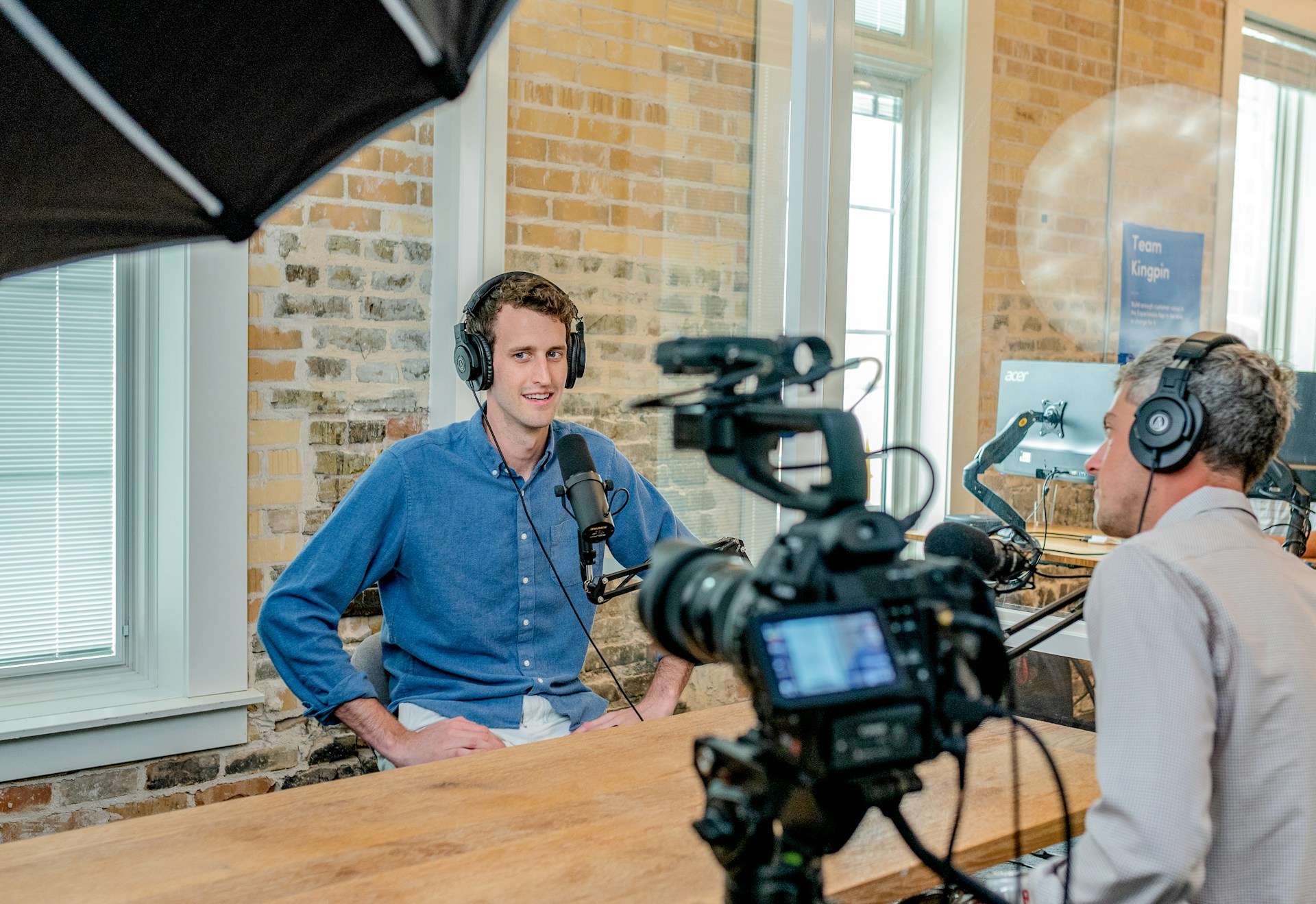These seven AEO and GEO search hacks can make a big difference to tech brands’ AI search visibility in 2025, says 3Thinkrs’ CEO Ruth Jones.
Semrush has found that traffic from AI‑driven search – across Google AI mode, Google AI Overviews, and AI tools like ChatGPT, Claude, and Perplexity – could surpass traditional organic traffic by 2028. So, it’s a no-brainer that AEO and GEO search (‘Answer Engine Optimisation’ and ‘Generative Engine Optimisation’, respectively) are top of mind among tech CMOs as they pivot in 2025 and plan for 2026.
It’s also a topic that PR and communications leaders should be invested in, as earned media drives 89% of AI citations according to Muck Rack, making PR a fundamental part of any AEO strategy.
I’m especially interested as 3Thinkrs is currently redesigning its website for AI search. It’s why I spent my Saturday morning listening to this conversation with Josh Blyskal, AEO Engineer at AI search intelligence platform Profound. Josh shares his perspective on how to optimise for AI-native search to help brands win visibility.
Here are seven AEO and GEO search tips from Profound on how B2B tech brands can win in AI Search in 2025 – and my take on what they mean for content marketing and PR strategy.
1. The art of AEO search is in the name: make answering customer questions central to your strategy
Listicles and comparative content are dominating AI search. Right now, nearly a third of AI citations come from listicles, dwarfing traditional blogs. If you want your content to be surfaced by ChatGPT or Perplexity, you need punchy, up-to-date comparative content that lays out the landscape, not just your own offer. This is your brand’s best chance of surfacing in zero-click search.
2. ‘Generative’ is the operative in GEO search! Create content that solves problems
Over 40% of AI queries are ‘generative’. That means people want a tool, a micro-app, or direct action (e.g. ‘Create a schedule’, ‘Generate a report’). The old search game was about being found. Now it’s about being used. Build high-value tools and experiences that don’t just inform – they solve. In AI search, offering practical advice makes you findable.
3. AEO and GEO search wants easily digestible answers – so cut your content into chunks
AI search doesn’t ‘skim’ content, it ‘chunks’ it into short, self-contained sections. Content writers need to create content with sharp, data-driven paragraphs that answer a single question or comparison. Next, structure the content so every section could stand alone as a source. That’s why listicles work well. If you want AI to cite your B2B tech brand, give it the ultimate cheat sheet: list every dimension, every metric, every competitor.
4. Answer engines want up-to-date answers – so tag your content with ‘2025’
Adding ‘2025’ (or whatever the current year is!) to your title tags, meta descriptions, and even URLs can boost ChatGPT citations by up to 20%. Why? Because ChatGPT (via Bing) is automatically adding ‘2025’ to the end of user search queries. For most, adding ‘2025’ to the title tag will be do the job. But adding it to meta descriptions too can boost findability even further. ‘All-in’ AI optimisers will add the year to the URL too. Beware though: it’s a tactic that could require long-term management in the form of redirects and content revisions in 2026 (or other subsequent years!).
5. Don’t let AEO search ‘forget’ you! Update your content relentlessly
AI search engines have a short memory. The content decay cycle for new content is currently 1-2 months. Sometimes, refreshing existing content can do the trick in keeping content ‘current’. So, think about adding a few sentences to your old top-performing blogs, rewriting entire sections to keep advice up to date, and consider refreshing internal links. B2B tech has always been fast-moving, so having always-on content will naturally win over ‘evergreen’.
6. Structured schema data: the secret sauce to help your content stand out in AEO and GEO search
Structured data (see schema.org) gives Bing (and, by extension, ChatGPT) the explicit signals it needs to pull your content confidently and accurately into answers. It’s not enough to just add basic schema markup like reviews or FAQs to your website. To stand out, you need to design your data structure to clearly signal who your content is for (i.e. your audience), what problems you solve (i.e. your use cases), and how your product or service delivers value (i.e. your solutions).
7. Answer engines want credible content – so help them trust yours by using LMS.txt and full documentation
Want AI search engines to trust your brand? Make it easy. Implement LMS.txt (lms.txt, llms.txt, or ‘LMS dot text’) – a new type of machine-readable file, placed on your website and designed specifically for Large Language Models (LLMs) like ChatGPT, Perplexity, and other AI answer engines to understand. It acts like a roadmap to your site’s key content, products, and documentation – telling AI crawlers exactly what’s important. Product-led tech brands should consider publishing product documentation in this format (e.g. features, use cases, API references, FAQs). It boosts trust, relevance, and citation rates in AI-powered answers.
What do AEO and GEO mean for content marketing?
B2B tech brands that want to move beyond the basics with AEO and GEO search should build custom ‘audience schemas’ that mirror the way buyers search. For a cloud-native cybersecurity platform, that means structuring schema markup around audience (CISOs, IT directors, DevSecOps), use cases (threat detection, compliance automation), and solutions (real-time monitoring, automated reporting).
In practice this might look like: ‘strengthen cloud security posture’ (at the awareness phase); ‘automated compliance tools for financial services’ (at the consideration phase); and ‘Top 5 cloud security platforms for enterprises in 2025’ (at the decision stage).
How can PR help with AEO and GEO search optimisation?
PR and content strategy have always needed alignment. In 2025, this has become non-negotiable. PR pros should be asking B2B tech brands: what is your SEO and AIO strategy? When are you not showing up in on Chat GPT? What questions actually drive your buyers? And, if they don’t know the answer, collaborate on AI/GEO insight and optimisation.
Optimisation also means shifting your PR strategy. Use AI insights to shape opinion pieces that answer the real questions Chief Technology Officers (CTOs) are asking. Then, structure content for both humans and AI: think about breaking up text, use bullet points, and keep language clear. Too many tech founders still default to jargon-heavy, unreadable formats – don’t be one of them.
Finally, remember that freshness and agility hold high currency in AI-powered search. Make sure you are running an always-on PR programme – AKA an active press office of features, newsjacking, and op-ed pitching. This strategy sends recency and authority signals to AI when there are gaps in your corporate news and data-driven customer campaigning.
By Ruth Jones
Share






